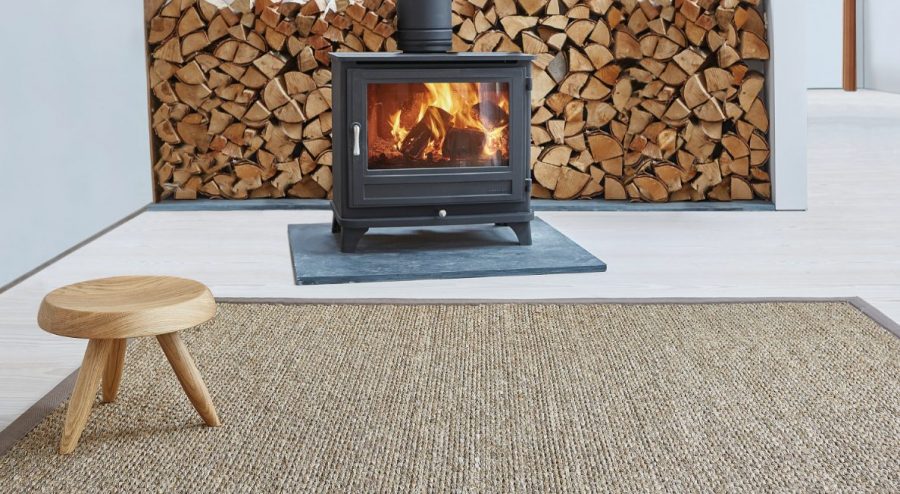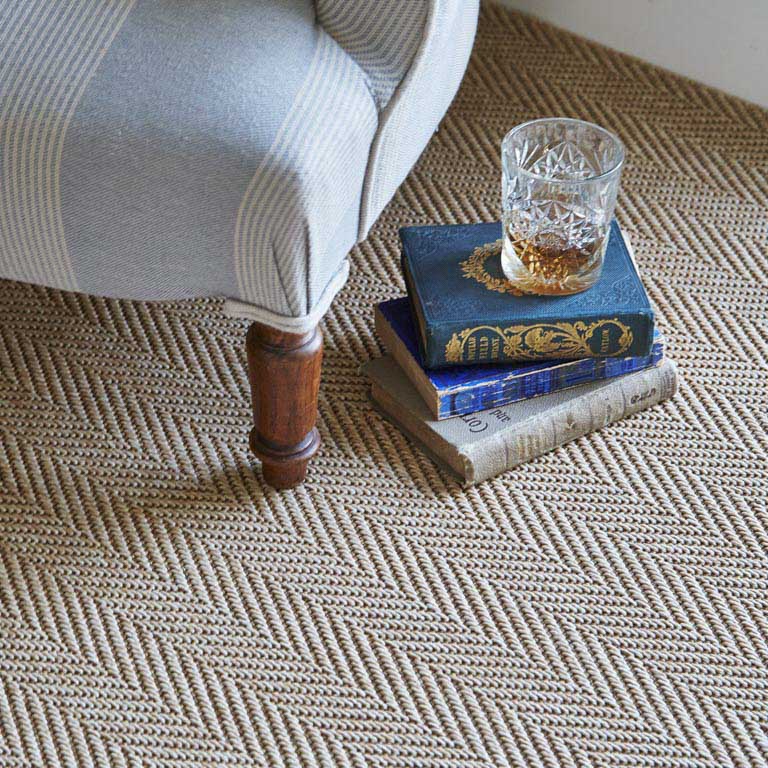Carpets – explaining the different types
What is carpet?
A carpet is the general name given to a textile floor covering typically consisting of an upper layer of pile attached to a backing.
The pile was traditionally made from wool, but since the 20th century, synthetic fibres such as polypropylene, nylon, or polyester are often used either as a mix, or 100%. These fibres are less expensive than wool and are moth and stain resistant.
Carpets provide a covering for your floor and are available in many different styles, textures, composition, widths and colours.
Here we explain a few of the differences to help you decide which one to choose for your home interior project.
Carpet – This is what we would class as a soft pile flooring, stretch fitted on an underlay and gripper.
Twist Pile – These are created from yarn, which has been tightly twisted together. The fibres often have a coarse finish, giving the carpet a rustic, textured appearance. They come in plain or heathered styles, and are most commonly 80% Wool / 20% Nylon, this is the most common carpet type and is very hard wearing for living rooms and stairs. It’s also available in 100% Polypropylene.
Manufacturers include Brintons, Victoria, Ulster, Brockway, Penthouse, Adams, Westex, Cavalier and Cormar.
Cut Pile Velvet – Cut pile carpets are manufactured by cutting the yarn loops to create a smooth textured finish with a soft velvet feel. Sometimes known as velvet or velour carpet, cut pile carpets are twisted for durability which protects against matting and crushing and the tighter the twist, the more durable the carpet is.
Manufacturers include Westex, Victoria and Ulster and Cavalier.
Loop pile – Loop pile carpet is made from uncut continuous loops on the surface and gives a fabulous contemporary look with its distinctive knot appearance. Carpet can be looped with a low-profile pile construction, which is known for maintaining its looks or have loops of different heights to form a textured pile. These are usually 100% wool.
Manufacturers include Cormar, Alternative, Fibre, Brockway, Kersaint Cobb, Telenzo and Victoria.
Yarn Guage and Twist –
Gauge is how far apart the yarns are in the carpet across the width, such as 1⁄8 gauge, which is an eighth of an inch or 1⁄10 gauge which is a tenth of an inch. More technically, gauge is the number of needles per inch across the width of a carpet tufting machine. Stitch rate is the number of stitches per inch in the length of a carpet. The gauge of a machine does not change but the stitch rate can. So a 1⁄10 gauge carpet with 10 stitches per inch means there are 100 stitches in one square inch of the carpet. The higher this number, the denser the carpet.
Twist is the number of twists in the yarn per inch. You can have a carpet with virtually no twist or one with 5 twists. The more twists, the more resilient the carpet will likely be — particularly in cut pile construction — which should improve performance.
Natural Flooring – Natural fibre carpets and rugs are seeing a surge in popularity recently, as concerns about sustainability grow. Rather than the synthetic materials such as nylon, which require valuable fossil fuels to fabricate, natural fibre flooring uses sustainable, renewable materials, which will give you the greenest flooring options around. From wool to seagrass, jute to coir, there are a number of natural carpeting options available from D&R Furnishers. This type of flooring is a double stick application, the underlay gets stuck to the floor, and the flooring is stuck to the underlay, keeping it in place.
Sisal (pronounced sigh-suhl) is by far one of the most popular. Sisal is made from the fibres of the sisal plant, a type of agave plant that primarily is grown in Brazil.
Manufacturers include Fibre, Alternative and Crucial Trading

Seagrass – this is a long strand woven natural flooring. It is a completely natural and sustainable type of flooring used for carpets. It’s a plant that grows in coastal waters around the world, and is then hand-picked and dried. Its fibres are then woven together in different designs and patterns to create carpets and rugs, on a latex backing.
Manufacturers include Alternative, Fibre and Crucial Trading.

Coir – full of natural goodness, coir comes crafted from Indian coconut husk fibres softened in sea water. Hearty and homely, rich and resilient, coir is husky, fibrous and tactile.
Faux Natural
Natural look flooring, but it’s made of Polypropylene. This flooring is very realistic looking with the benefit of being colour fast, stain resistant and washable with bleach! Available in a range of different weave patterns and textures, this is a great choice for family life.
Manufacturers include Unnatural Flooring, Alternative Flooring and Fibre.

At D&R, we have trained experts who fit all these different floorings, to perfection. It is an art, a profession that comes with learning and experience.
With 65 years supplying and installing quality flooring, you are in safe hands.

